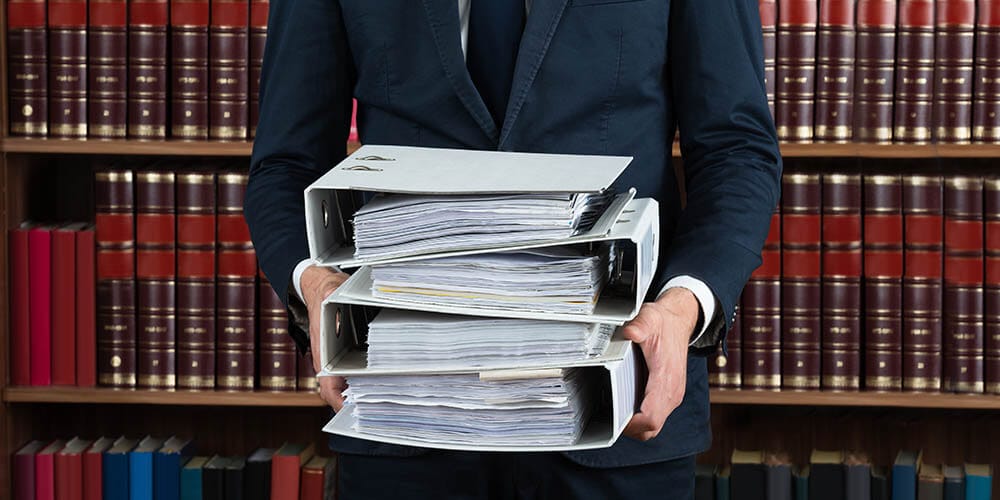Electronic document recording (or eRecording) is poised to transform the legal industry. Not only does eRecording help to save paper, but it also drastically simplifies the document indexing process. Although this legislation is still evolving, numerous states have laws in place that promote the use of electronic documents by giving them the same status as their paper counterparts.
Today, we’re answering some of your most pressing questions about eRecording technology:
What is eRecording?
eRecording is the name given to the process of creating, managing, and safeguarding digital copies of official public information. It’s far more complicated than simply scanning documents because these records are legally binding and often highly valuable, such as land ownership records.
Why is eRecording beneficial?
As with other forms of record-keeping, eRecording is critical to establishing an archive of property records as well as other rights and entitlements. eRecording also allows the recording office to process documents in a fraction of the time that traditional paper requires. While standard documents may take weeks, the turnaround time for electronic documents is typically days.
eRecording comes with added peace of mind. While natural disasters like fire or flood might destroy physical records, your eRecorded documents remain safe. Documents can be stored in the cloud and backed up in multiple secure locations. Lastly, eRecording provides financial benefits because the process eliminates the cost of printing expensive copies and finding long-term storage space for cumbersome files.
How does eRecording work?
The exact process of eRecording will vary based on the document type you’ve submitted. For this example, we’ll consider real estate documents. The standard process for physical documents includes both document origination and document recording. In the case of eRecording, there are three possible recording methods (commonly known as ‘levels’).
- Level 1 – Acting as an extension of physical documentation, Level 1 eRecording occurs after everything is notarized. The documents are then scanned into the desired format and sent to the recording office for manual indexing.
- Level 2 – The process begins with traditional paper documentation which is then scanned. Next, a vendor will create a separate file with all the information required for indexing the record. The vendor sends the document to the recording office and may conduct manual quality-assurance testing.
- Level 3 – In this fully electronic recording method, no physical documentation is required. Documents are signed and notarized electronically. The recording office completes the searchable index and generates a viewable image.
Who can use eRecording?
Most eRecording concerns documents pertaining to the sale or transfer of personal property and real estate. Notices of settlement, tax liens, tax sales certificates, lis pendens, and IRS liens are also eligible for eRecording in accordance with local, state, and federal laws. Our system meets the security standards issued by the Property Records Industry Association (PRIA), ensuring your documents remain secure.
Final Thoughts
Thanks for reading! If you enjoyed this article, let us know in the comments and feel free to share it on social media. If you have any questions about the eRecording process or its availability in your area, don’t hesitate to contact us! We’re here for you from File Thru Trial™.






